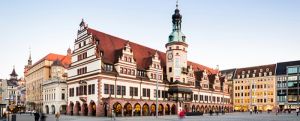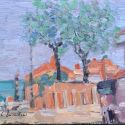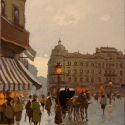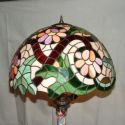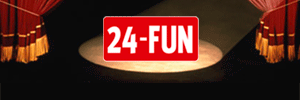 BERLIN, GERMANY.- The Museum for Pre- and Early History presents Archaeology of Horror: Findings of the Second World War in Berlin, on view through September 11, 2005. To mark the 60th anniversary of the ending of the Second World War, the Museum for Pre- and Early History presents results of archaeological research in Berlin on the period of Nazism and war. This is the first showing of the results of archaeological exploration and research into this critical period in the history and development of Berlin.
BERLIN, GERMANY.- The Museum for Pre- and Early History presents Archaeology of Horror: Findings of the Second World War in Berlin, on view through September 11, 2005. To mark the 60th anniversary of the ending of the Second World War, the Museum for Pre- and Early History presents results of archaeological research in Berlin on the period of Nazism and war. This is the first showing of the results of archaeological exploration and research into this critical period in the history and development of Berlin. Following introductory explanations about archaeology of modern times, the main focus of the exhibition is on archaeological findings from the terrain of the 'topography of terror' (the former National Socialist government quarter), the premises of the champagne cellar Lutter and Wegner at Gendarmenmarkt as well as the excavations at Werderscher Markt and the area of the former concentration sub-camp in Lichterfelde.
Taking the so-called 'Fahrerbunker' of the 'Neue Reichskanzlei' as an example, the exhibition elucidates the difficulties in handling such legacies.
In addition, the exhibition also covers the story of the Museum for Pre- and Early History from its position at the end of the Second World War to the impact of this historical crisis today. The exhibition was organized by the Museum for Pre- and Early History.


